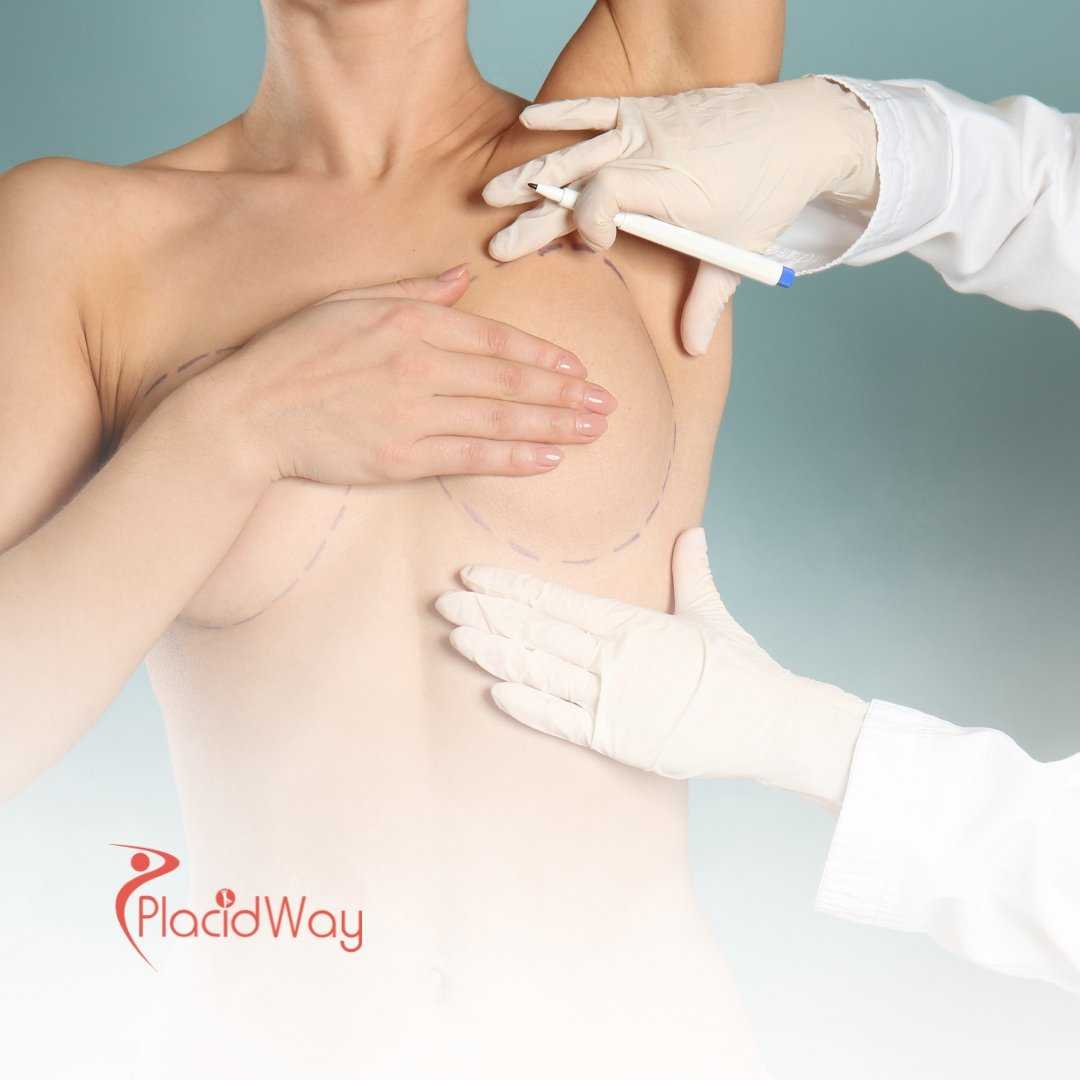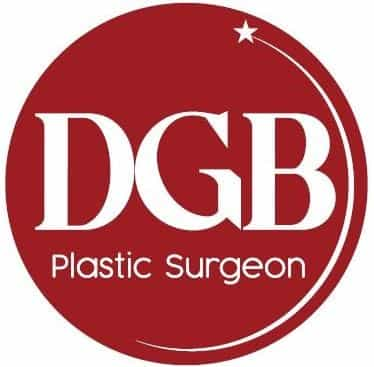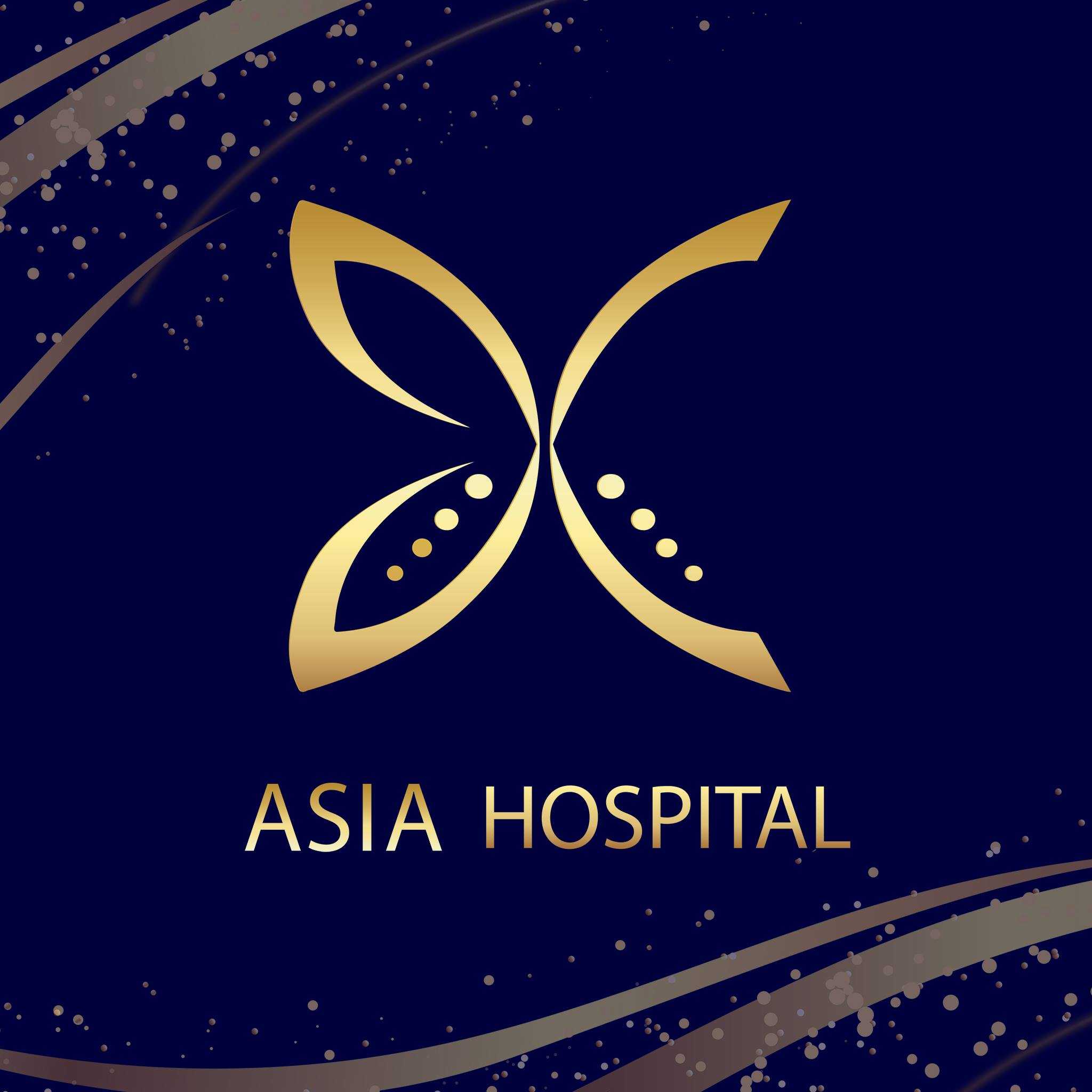
Key Takeaways
-
New Zealand patients can save 70-80% on abdominoplasty by travelling to Thailand, with costs for a full tummy tuck being approximately $7,500 NZD compared to $25,000+ in New Zealand.
-
Top-tier Thai hospitals are often JCI-accredited (Joint Commission International), meeting the same high standards of care, technology, and hygiene as leading Western hospitals.
-
Packages often include surgeon fees, anesthesia, hospital nights, pre-op tests, medication, and transfers, but typically exclude flights and accommodation.
-
Cost in Thailand (NZD): A full tummy tuck averages $7,500-$9,000.
-
Cost in New Zealand (NZD): A full tummy tuck averages $23,000-$28,000.
-
Cost in Turkey (NZD): A full tummy tuck package averages $6,500-$9,000.
-
Cost in Mexico (NZD): A full tummy tuck package averages $6,000-$10,000.
What is a Tummy Tuck (Abdominoplasty)?
An abdominoplasty, or "tummy tuck," is a major surgical procedure designed to create a firmer, flatter abdomen. It's not a weight-loss tool; rather, it’s a body contouring procedure that removes significant amounts of excess skin and fat and, in most cases, repairs separated abdominal muscles.
For many Kiwis, particularly after pregnancy or significant weight loss, the abdominal area is a source of frustration. Diet and exercise can shrink fat, but they cannot tighten loose, stretched skin or fix diastasis recti (the separation of the "six-pack" muscles).
A tummy tuck addresses all three concerns in one operation:
-
Skin Removal: The surgeon excises a large flap of loose skin from the pubic area up to the navel.
-
Fat Removal: Liposuction is often used in combination to contour the flanks and upper abdomen for a more defined waistline.
-
Muscle Repair: The surgeon sutures the separated abdominal muscles (diastasis recti) back together, creating a strong, flat internal "corset."
Full vs. Mini vs. Extended Tummy Tuck: What’s the Difference?
The "best" type of tummy tuck depends on your unique anatomy and goals. A mini tummy tuck is only for small amounts of loose skin below the navel, while a full tummy tuck addresses the entire abdomen, and an extended version is for patients with excess skin on their flanks and back.
- Mini Tummy Tuck: Best for a "pooch" below the belly button. It involves a shorter, C-section-like scar, no navel repositioning, and no muscle repair above the navel.
- Full Tummy Tuck: The most common procedure. It addresses loose skin and muscle separation both above and below the navel. It requires a hip-to-hip incision and a new navel to be created.
- Extended Tummy Tuck: This is a full tummy tuck with an incision that extends around the hips. It's designed for patients, often after massive weight loss, who have significant "love handles" or loose skin on their flanks.
- Fleur-de-Lis Tummy Tuck: This is the most extensive option, typically for post-bariatric patients. It involves both a horizontal (hip-to-hip) and a vertical (down the abdomen) incision to remove a massive amount of excess skin.
Why Are New Zealanders Choosing Thailand for Abdominoplasty?
Kiwis are flocking to Thailand for tummy tucks due to a combination of dramatic cost savings, world-class medical facilities, and the high standard of patient care. The opportunity to recover in privacy in a beautiful location is an added bonus.
The trend of medical travel from New Zealand to Thailand is well-established, and for good reason. The advantages go far beyond just the price tag.
-
Massive Cost Savings: As outlined, the primary driver is cost. A procedure costing $25,000 in Auckland or Christchurch can often be done for $7,500 in Bangkok or Phuket, including hospital stay and surgeon fees. Even after factoring in flights and accommodation, the savings are substantial.
-
Highly Skilled Surgeons: Top Thai plastic surgeons are board-certified and have often trained in the US, UK, or Australia. They have extensive experience performing body contouring procedures on international patients.
-
Exceptional Patient Care: Patient reviews from Kiwis and Australians consistently praise the "celebrity" treatment. The level of nursing care is often described as far exceeding what they’ve experienced at home, with attentive, caring, and professional staff.
-
Privacy and Recovery: Many patients appreciate the anonymity of recovering overseas. You can rest in a comfortable hotel, enjoy healthy Thai food, and return to New Zealand once the initial, most obvious phase of recovery is over.
Did You Know? Many of the top private hospitals in Bangkok and Phuket have dedicated international patient wings with multilingual coordinators. They are fully equipped to manage the entire journey for medical tourists, from airport pickup to post-operative check-ups.
Are You an Ideal Candidate for a Tummy Tuck?
The ideal candidate for a tummy tuck is a non-smoker who is in good overall health and at a stable, ideal weight but struggles with loose abdominal skin and/or separated muscles. It is crucial to have realistic expectations about the outcome and the resulting scar.
This procedure can be life-changing, but it's not for everyone. You are likely a good candidate if you:
-
Are bothered by loose, sagging abdominal skin.
-
Have diastasis recti from pregnancy (mummy makeover).
-
Have excess skin after significant weight loss (you must be at a stable weight for at least 6 months).
-
Are in good physical health with no serious medical conditions.
-
Are a non-smoker, or are willing to quit at least 4-6 weeks before and after surgery (smoking severely impacts healing and increases risks of skin necrosis).
-
Have realistic expectations—a tummy tuck will leave a permanent, though well-hidden, scar.
It is NOT a primary weight-loss tool. If you are significantly overweight, a surgeon will likely ask you to lose weight first to ensure a safe procedure and the best possible aesthetic result.
The Real Cost of a Tummy Tuck in Thailand (vs. New Zealand)
The cost difference is staggering: a full abdominoplasty in New Zealand typically costs between $23,000 and $28,000 NZD. In Thailand, the same procedure, performed by a top surgeon in a JCI-accredited hospital, generally costs between $7,500 and $9,000 NZD.
This cost differential is not due to lower quality. It's a reflection of the lower cost of living, operational overheads, and medical insurance in Thailand. You are receiving premium care at a fraction of the domestic price.
Here is a typical cost breakdown, converting average USD/THB prices to New Zealand Dollars for a clear comparison.
|
Procedure |
Average Cost in New Zealand (NZD) |
Average Cost in Thailand (NZD) |
Estimated Savings |
|---|---|---|---|
|
Mini Tummy Tuck |
$15,000 - $18,000 |
~$5,200 ($3,200 USD) |
~70% |
|
Full Tummy Tuck |
$23,000 - $28,000 |
~$7,500 ($4,600 USD) |
~72% |
|
Tummy Tuck + Lipo |
$28,000 - $35,000 |
~$8,500 ($5,200 USD) |
~75% |
Note: Prices are estimates. NZD/USD/THB exchange rates fluctuate. Always get a custom quote.
What’s Included in a Thai Tummy Tuck Package?
A standard Thai "all-inclusive" package typically covers all medical costs associated with the surgery, but not your travel and living expenses. This includes the surgeon's fee, operating room, anesthesia, hospital stay, medications, and pre-op tests.
When you receive a quote, it's essential to check what's included. Most comprehensive packages from top hospitals will include:
-
Surgeon's Fee
-
Anesthesiologist's Fee
-
Operating Room and Hospital Stay (typically 2-3 nights)
-
Pre-operative Tests (blood work, EKG)
-
All Medications (while in hospital and for discharge)
-
One Compression Garment
-
Post-operative Follow-up Appointments
-
Airport and Hospital Transfers (often included by agencies or hospitals)
What is almost always NOT included:
-
Flights to and from New Zealand.
-
Accommodation outside of your hospital stay (you will need 10-14 days in a hotel).
-
Travel Insurance (a specific medical tourism insurance is vital).
-
Meals and Personal Expenses.
How to Find the Best Tummy Tuck Surgeon in Thailand
Finding a qualified surgeon is the single most important step. Look for a board-certified plastic surgeon affiliated with a JCI-accredited hospital, and review their before-and-after photos and patient testimonials.
Don't let a low price be your only guide. Your safety and results depend on your surgeon.
- Check Credentials: The surgeon should be a member of the Thai Board of Plastic Surgery or an equivalent international body.
- Verify Hospital Affiliation: A great surgeon will operate out of a top-tier, JCI-accredited hospital. This ensures the facility meets global standards for safety and emergencies.
- Review Their Work: Ask for before-and-after photos of patients with a similar body type to yours. Do you like their aesthetic? Look for natural-looking navels and clean scar lines.
- Read Patient Reviews: Look for testimonials from other New Zealand or Australian patients. How was their experience with communication, bedside manner, and follow-up care?
- Conduct a Virtual Consultation: A professional surgeon will be happy to consult with you via video call to discuss your goals, answer your questions, and confirm your candidacy.
Expert Insight "A successful tummy tuck is a partnership. Your surgeon should be transparent about all aspects of the procedure, from the technique used for muscle repair to the exact placement of the scar. A good surgeon will manage your expectations and prioritize your safety above all else." — PlacidWay Medical Review Board
Red Flags to Watch For
Be wary of any clinic or surgeon that offers vague pricing, cannot provide clear credentials, or pressures you into booking with a "limited-time offer." If it feels too good to be true, or if you feel rushed, walk away.
-
Vague Pricing: No clear breakdown of what's included.
-
Lack of Credentials: The "surgeon" isn't a board-certified plastic surgeon.
-
Non-Hospital Setting: Performing a major surgery like this in a small, unaccredited clinic is a serious risk.
-
No Follow-up Plan: They don't have a clear protocol for your 1-2 week post-op care.
-
Unrealistic Promises: Promising "no scars" or a 3-day recovery.
Your Tummy Tuck Journey in Thailand: Step-by-Step
A typical tummy tuck trip involves a 2-3 week stay in Thailand. This includes your initial consultation, pre-op tests, surgery, a 2-3 night hospital stay, and 10-14 days of local recovery and follow-up appointments before you're cleared to fly home.
Preparation Before You Fly
Your preparation phase in New Zealand is crucial. You'll need to get medical clearance from your GP, arrange at least 3-4 weeks off work, and stop smoking and taking any blood-thinning medications for several weeks before your flight.
Once you've chosen your surgeon, you will:
- Have a virtual consultation and lock in your surgery date.
- Get blood tests and a letter of medical fitness from your GP in New Zealand.
- Book flights and accommodation (a comfortable hotel near the hospital is key).
- Arrange 3-4 weeks off work (4-6 if your job is physical).
- Stop smoking at least 4 weeks prior.
- Prepare your home for your return—easy-to-reach items, pre-made meals, and a comfortable recovery "nest."
The Procedure and Hospital Stay
You'll typically have an in-person consultation the day after you arrive, with surgery scheduled for the following day. After your 4-6 hour procedure, you'll wake up in a private room and stay in the hospital for 2-3 nights under the care of an excellent nursing team.
This part is often what patients praise the most. You'll arrive at the hospital, be shown to your private room, and have your pre-op tests. The surgeon will mark you up, and you'll be taken to the operating theatre. You'll wake up in the recovery room with your compression garment on and surgical drains in place. The 2-3 day hospital stay is for pain management and monitoring.
The Tummy Tuck Recovery Process: What to Realise
Recovery is a journey, not an event. You will be walking hunched over for the first 1-2 weeks, will need to wear your compression garment 24/7 for 6 weeks, and won't be cleared for the long-haul flight home to New Zealand for at least 14 days.
Recovery Timeline
Be patient with your body. The first week is the hardest, but you'll see improvements daily. Swelling can last for 6 months or more, so your final results won't be visible right away.
-
Week 1 (In Thailand): You'll be recovering in your hotel, resting, and taking short walks to promote circulation. You will have your surgical drains and will be walking hunched over. Pain is managed with medication.
-
Week 2 (In Thailand): You'll have follow-up appointments to have your drains and stitches removed (around day 10-14). You'll be standing up straighter, and you'll be cleared for your flight home after this final check-up.
-
Weeks 3-6 (Back in NZ): You'll continue to wear your compression garment 24/7. You can return to a desk job but must avoid all heavy lifting (nothing over 5kg), strenuous activity, and exercise. Swelling will be significant.
-
Months 2-6: You will be cleared to gradually resume exercise. The swelling will slowly subside, and your scar will begin to fade from bright red/purple to pink.
-
Year 1: Your scar will mature and fade to a pale line. Your final, sculpted results will be fully visible.
Flying Home to New Zealand Safely
This is a critical risk for Kiwis. A long-haul flight from Thailand to New Zealand significantly increases your risk of DVT (Deep Vein Thrombosis) and Pulmonary Embolism. You MUST follow your surgeon's advice.
-
Minimum Wait: Do not even consider flying for at least 14 days.
-
Recommended Wait: Most surgeons strongly recommend waiting 3-4 weeks if possible for a flight of this duration.
-
On the Flight: You must get surgeon clearance first. Request an aisle seat, wear your compression stockings (TEDS), stay hydrated, and get up to walk the aisle every single hour.
Understanding the Risks and Potential Complications
While generally safe, a tummy tuck is a major surgery with real risks, including infection, poor scarring, and blood clots. Choosing a board-certified plastic surgeon and a JCI-accredited hospital is the most effective way to minimise these risks.
Every surgery has risks. For a tummy tuck, they include:
-
Infection: High hospital standards and post-op antibiotics mitigate this.
-
Bleeding (Hematoma):
-
Fluid Collection (Seroma): Drains help prevent this.
-
Poor Scarring: Can be hypertrophic or keloid.
-
Numbness: The skin of the lower abdomen will be numb, often permanently.
-
DVT/Pulmonary Embolism: The biggest risk of long-haul travel.
-
Skin Necrosis (Tissue Death): A major risk for smokers.
Your surgeon will discuss these with you in detail. Being honest about your medical history and (especially) smoking habits is non-negotiable for your safety.
Life After Your Tummy Tuck: Results and Aftercare
Your results are permanent, provided you maintain a stable weight. Your new flat, firm abdomen will be visible once the swelling subsides, but your scar will take a full year or more to fade and mature.
This is the reward for your journey. To protect your investment, it's vital to:
-
Care for Your Scar: Keep it out of the sun, and follow your surgeon's advice on silicone sheets or scar massage.
-
Maintain Your Weight: Significant weight gain or a future pregnancy will re-stretch the skin and muscles.
-
Be Patient: Final results take time. It can be 6-12 months before the last of the swelling is gone and your new shape is fully settled.
Frequently Asked Questions (FAQ)
How much is a full tummy tuck in Thailand?
A full tummy tuck in Thailand typically costs between 160,000 and 200,000 Thai Baht, which is approximately $7,500 - $9,000 NZD. This is 70-80% less than the $23,000 - $28,000 average cost in New Zealand.
Is it safe to get a tummy tuck in Thailand?
Yes, it is very safe, provided you do your research. By choosing a board-certified plastic surgeon who operates in a JCI-accredited hospital (like Bumrungrad or Bangkok Hospital), you are ensuring your care meets or even exceeds Western standards.
How long do I need to stay in Thailand after a tummy tuck?
You must plan to stay in Thailand for a minimum of 14 days. Most surgeons require you to stay for 12-14 days for your post-operative check-ups and stitch removal. This is also the bare minimum wait time before a long-haul flight.
What's the difference between a tummy tuck and liposuction?
Liposuction only removes fat. A tummy tuck removes excess fat and loose skin, and also tightens separated abdominal muscles (diastasis recti). If your main issue is loose skin, lipo alone will make it look worse.
Will a tummy tuck remove my C-section scar?
Yes, in almost all cases. The incision for a full tummy tuck is placed low on the pubic bone, and the skin that contains the C-section scar is typically part of the excess skin that is cut away.
When can I exercise after my abdominoplasty?
You can (and should) start light walking immediately. You can typically return to a desk job in 2-3 weeks. However, you must avoid all strenuous exercise and heavy lifting for at least 6-8 weeks to allow your repaired muscles to heal.
Start Your Journey with PlacidWay
Thinking about a tummy tuck is a big decision. Understanding the procedure, the costs, and the logistics of travelling from New Zealand is the first step. At PlacidWay, we are partnered with the top JCI-accredited hospitals and board-certified plastic surgeons in Thailand. We can help you:
- Get obligation-free quotes from multiple world-class clinics.
- Compare surgeon credentials and patient reviews.
- Coordinate your virtual consultations.
- Understand package inclusions so there are no surprises.
Don't let cost be the barrier to feeling confident in your own skin. Contact a PlacidWay patient coordinator today to start your confidential and secure journey.


.png)







.png)






Share this listing